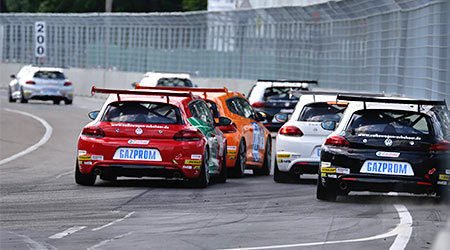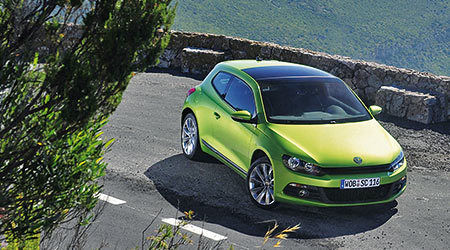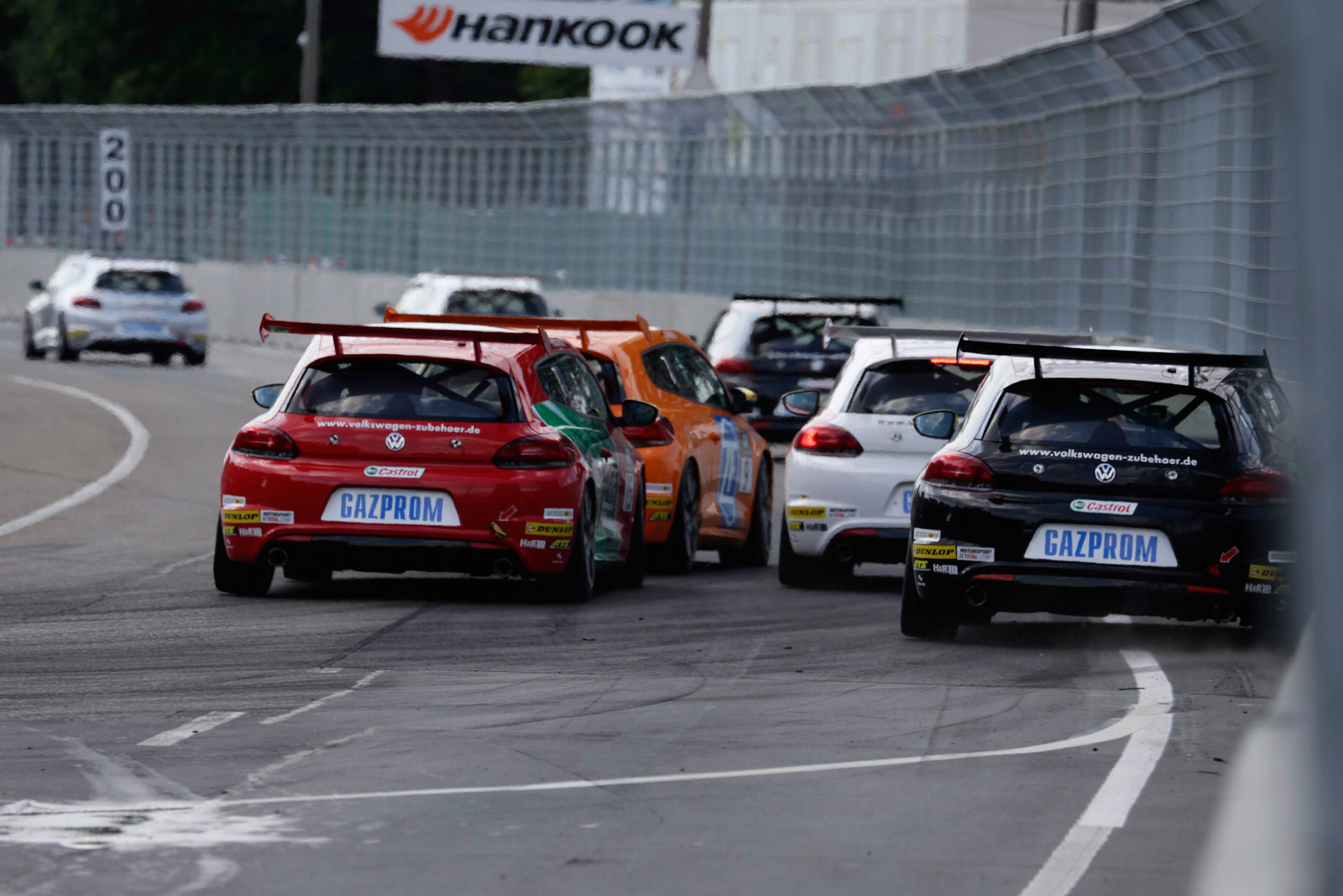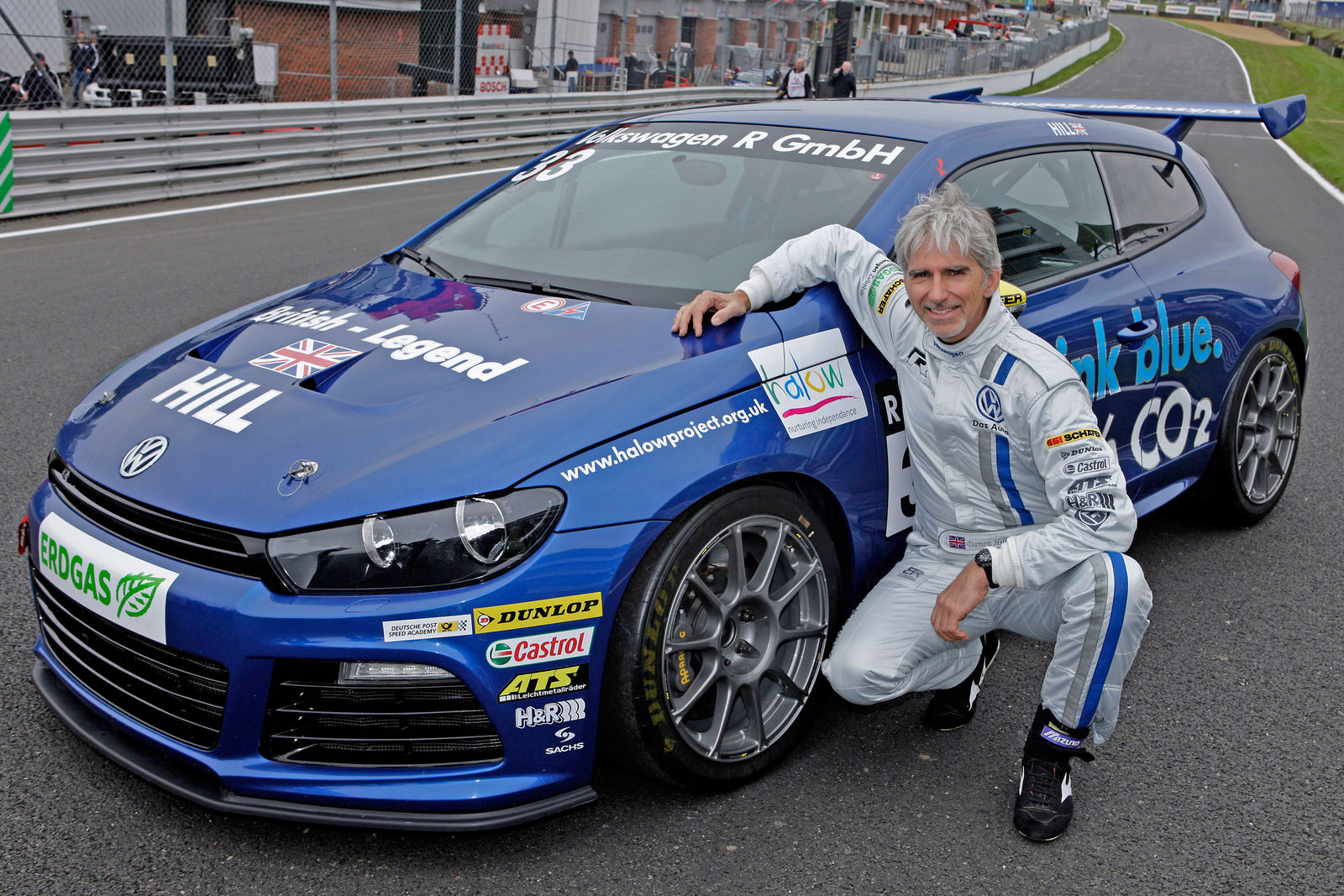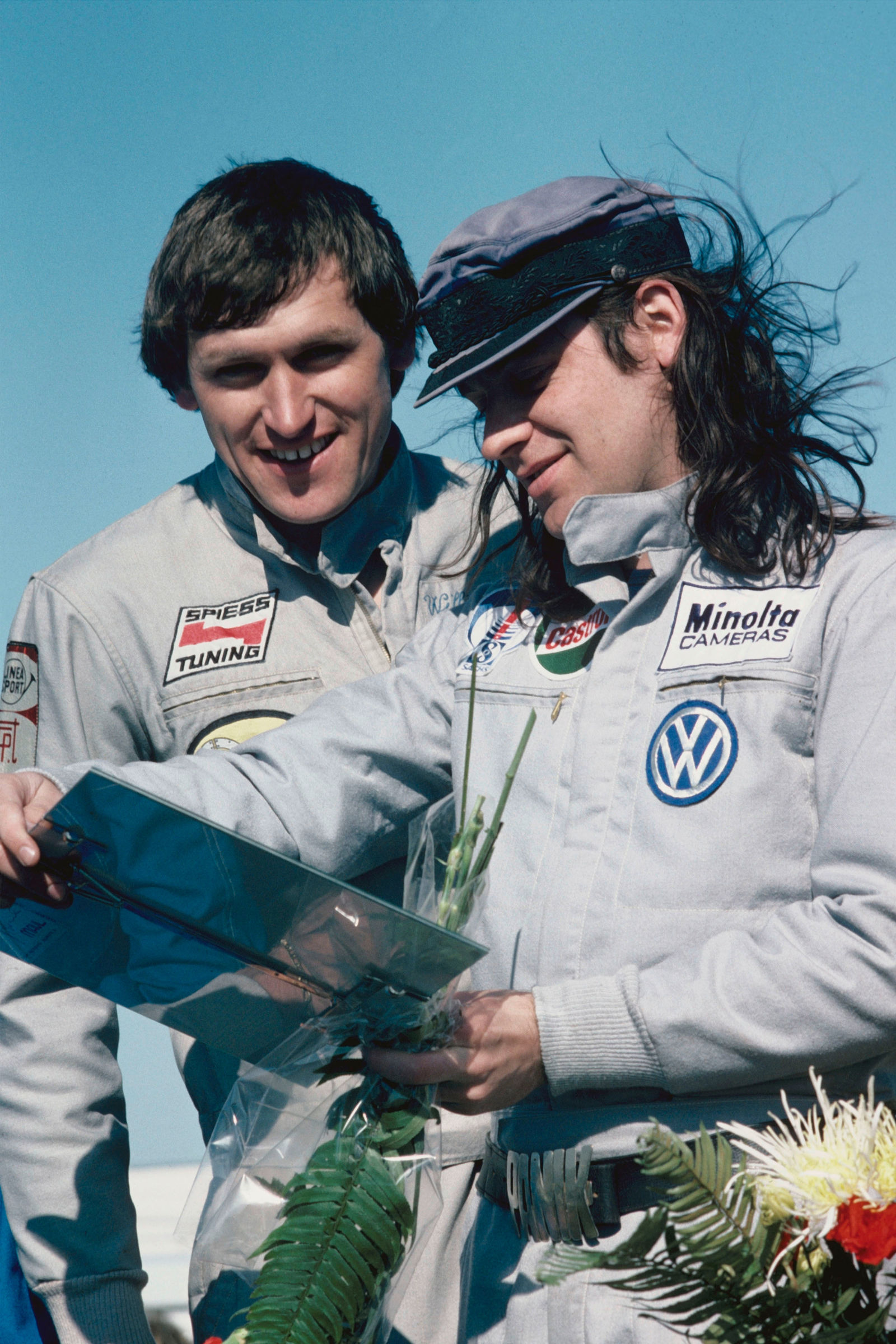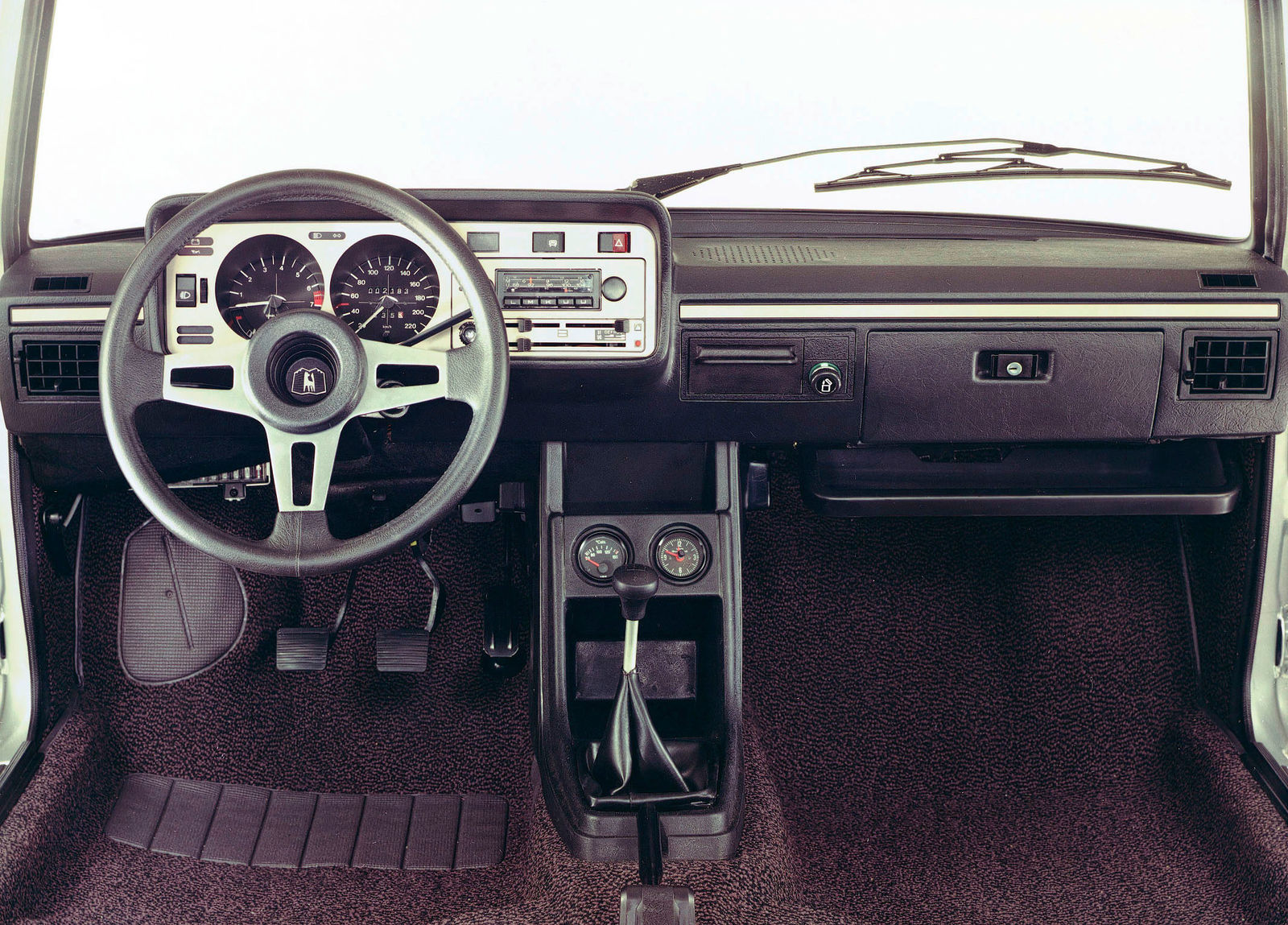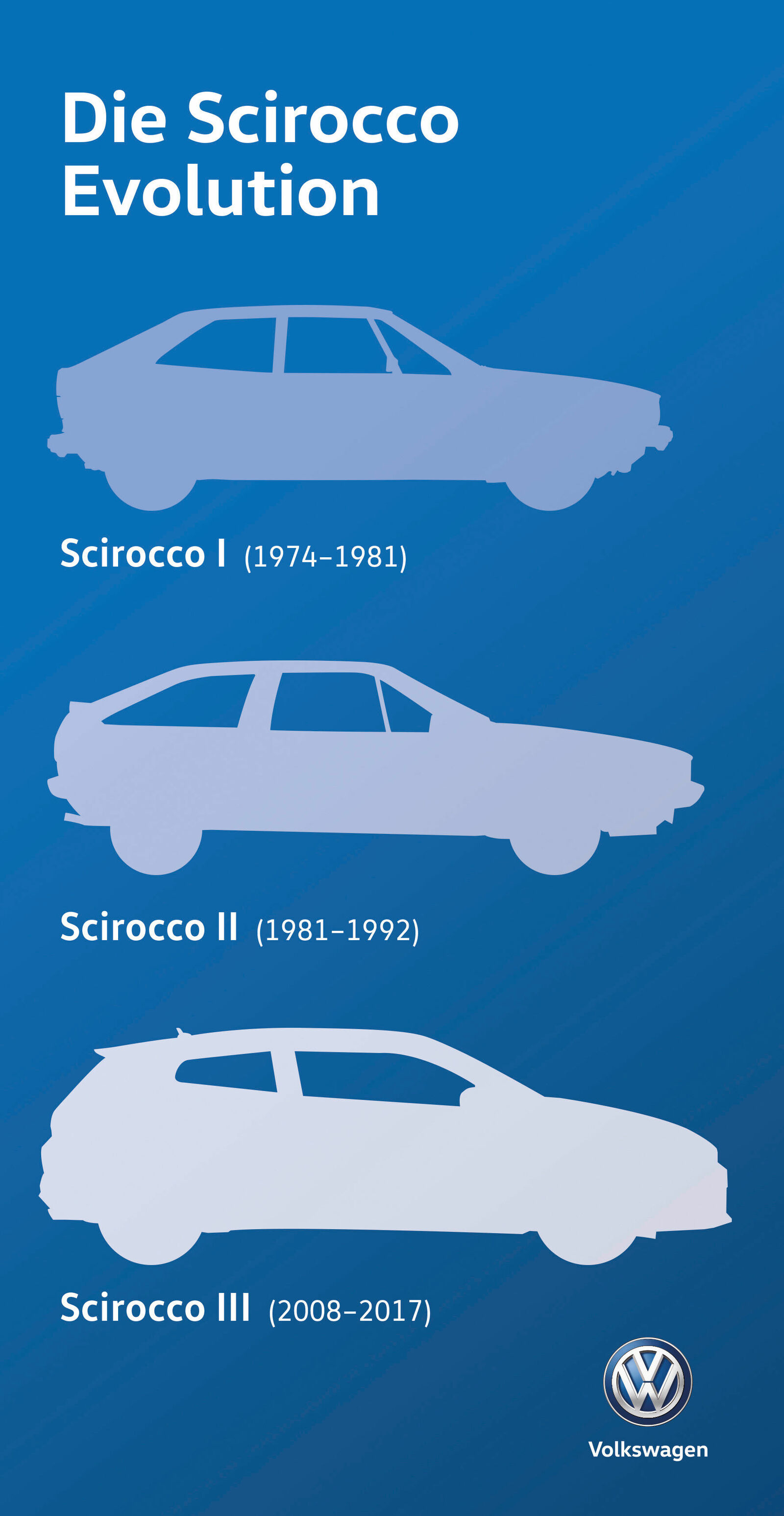A look back on three generations of the Volkswagen Scirocco
The coupé icon
‘We can do that, too. And better,' they say back in 1971 in Wolfsburg – providing the starting signal for the development of a coupé designed to turn all heads. The buzz surrounding the project was going strong and Volkswagen wanted the Scirocco as an answer against its competitors' recently launched, Ford Capri and Opel Manta. This is achieved with brilliance, because while the aforementioned models still used a rigid axle and rear-wheel drive, the new Scirocco won admirers for its transverse engine, front-wheel drive and modern chassis – all at an attractive price. It proved a worthy successor to the highly successful Karmann Ghia Type 14 Coupé, which had been produced for 19 years.
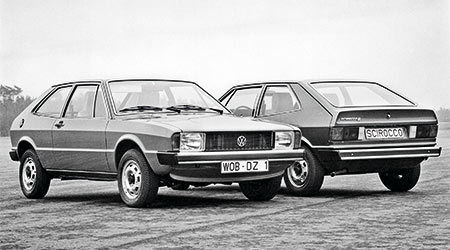
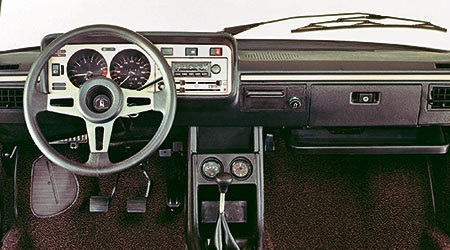
The cult of clear lines
When unveiled in 1974, the Scirocco was not just a hit technically, but also visually. It stands to reason that designer Giogetto Giugiaro – who also drafted the Golf I – would also conceive the bodywork of the coupé with the same technical basis. And the ‘maestro' designed an incredibly beautiful, functionally and elegantly stylish 2+2-seater, 3,850 millimetres long and just 1,310 millimetres high. With the engine and transmission, the Scirocco weighs in at just 800 kilograms. Like the Karmann Ghia, the Scirocco also rolled off the production line of the Karmann factory in Osnabrück.
The first GTI was a Scirocco
It just has the edge on the Golf here: the sporty Scirocco GTI entered production in the summer of 1976, while the later cult Golf GTI wasn't unveiled until the autumn of the same year. Its high-revving, 81 kW / 110 horsepower 1.6-litre engine featured mechanical fuel injection and – just like on the Golf GTI later on – was a constant source of pleasure for drivers. The smaller engines were capable of between 37 kW / 50 horsepower and 63 kW / 85 horsepower.
The chassis was modified as a result of the higher power. From the outside, the GTI and GLI models were primarily recognisable by their front spoiler. The inside featured a sports steering wheel, rev counter and centre console with clock and oil temperature gauge. Particularly pleasing, however, were the sports seats with the characteristic check pattern. The GLI was the luxurious version and came with tinted windows, carpet inlay in the door panels and height-adjustable front seat with special seat upholstery.
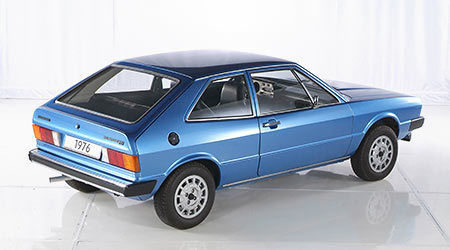
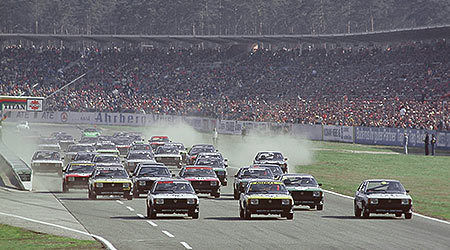
‘No panic' in the VW Junior Cup: German rock star as guest driver
Hockenheim Motodrom, April 1976: 80,000 spectators followed the action in the first race of the VW Junior Cup, in which the modified 77kW / 105 horsepower Scirocco competed. The first Volkswagen one-make race series was very popular. Among those behind the wheel in the first season was the later Formula 1 driver Manfred Winkelhock (1951–1985).
The star of the 1980s: Scirocco II (1981–1992)
After 500,000 Scirocco I models had left the production line, its successor appeared in March 1981 – with a completely different look. It was once again based on the platform of the Golf I, but the interior and boot were more spacious and the drag coefficient had been improved to reduce fuel consumption.
‘I count on 16V'
The engines familiar from the Scirocco I were initially fitted, although real power appeared under the bonnet later on, when the 16-valve engine capable of 102 kW / 139 horsepower from the Golf II GTI made an appearance in 1985. The powerful engine praised by the trade press for its high revs was available on the new top-of-the-range Scirocco GTX 16V.
The Scirocco special editions were always a cut above
White was the new black in 1985, when Volkswagen produced the ‘White Cat' special edition. The completely white paintwork, rims and seats, the rear lights featuring white stripes and the all-round spoilers and Zender rear spoiler turned this Scirocco into a real sporty eye-catcher. The ‘Scala 16V' took a similar line, but was also available in other colours. The dynamic GTS special edition came with powerful engines, but was somewhat cheaper than the GTI. Around 290,000 cars were built of the Scirocco MK II
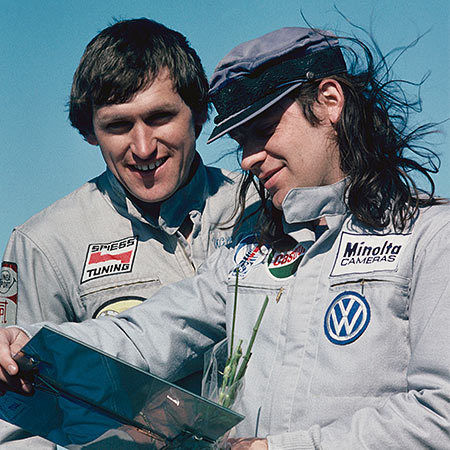
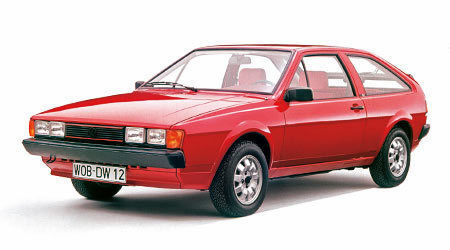
1988: The Corrado enters the game
It was originally supposed to take over from the Scirocco II and will turn 30 this year: the Corrado. Its development began back in 1981, at the time known as the Scirocco III. Yet a decision was made to rename the technically more sophisticated model the ‘Corrado' and make it available from 1988 onwards as a higher positioned coupé alongside the Scirocco II. The latter then finally retired in 1992.
2008: A new wind blows in from Portugal
After a long break, Volkswagen finally began producing a coupé again in 2008: the Scirocco III, based on the fascinating ‘iroc' concept car.
The latter had been presented two years previously and proved highly popular. The powerful Viper Green Metallic colour in particular was so well received that it was later used for the Scirocco production models.
The Scirocco MK III built in Palmela (Portugal) was based on the platform of the Golf VI and was driven by modern turbo engines with power ranging from 90 kW / 122 hp to 206 kW / 280 hp (Scirocco R).
Scirocco R Cup – the eco-friendly one-make race series from Volkswagen
In the world of motor sport, the Scirocco III offered spectators plenty of action and thrilling entertainment on the racetrack. The Scirocco R Cup, held between 2008 and 2014 as part of the DTM, gave up-and-coming talent a welcome opportunity to get into motor sport and was the perfect career springboard for climbing through the ranks to higher series. Famous guest starters from Formula 1, DTM and rally sport also joined in. The old hands sometimes really shook up the field. The series was also eco-friendly, because identical Cup Scirocco cars capable of 173 kW / 235 horsepower were driven, whose engines were powered by compressed natural gas.
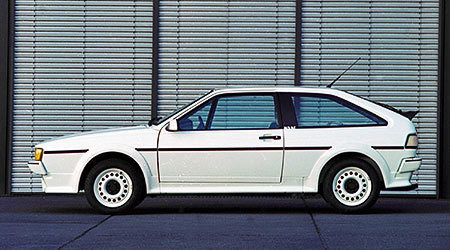
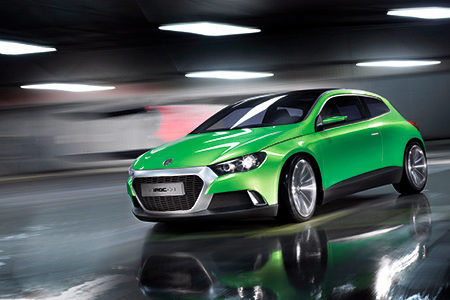
After 272,150 cars from the third generation were produced, the Scirocco era came to an end in autumn 2017. The cool coupé had driven its way into the hearts of its fans over the decades and there it will rest for a long time. On that note, it is time to say ‘Bye-bye, Rocco!'
